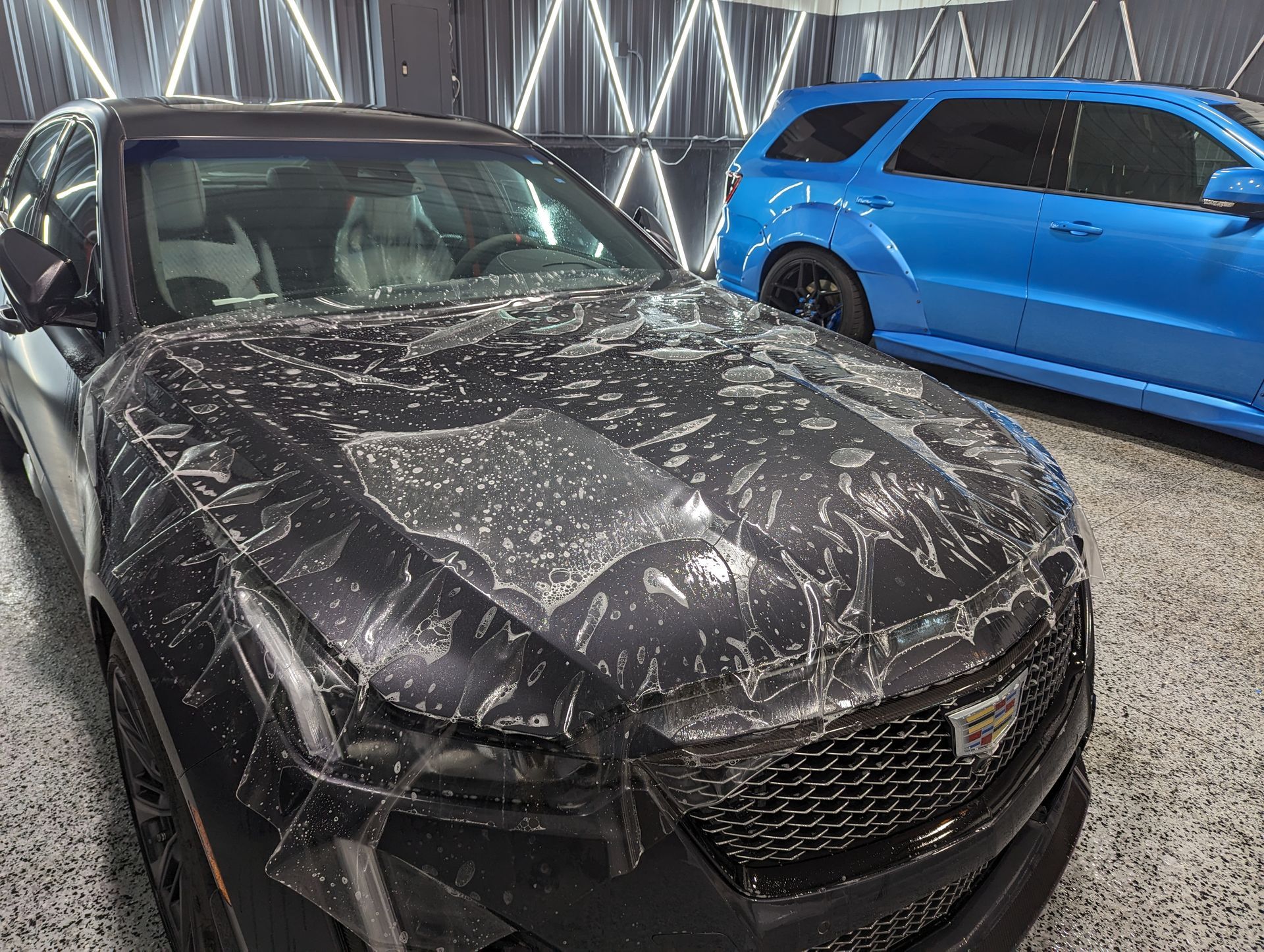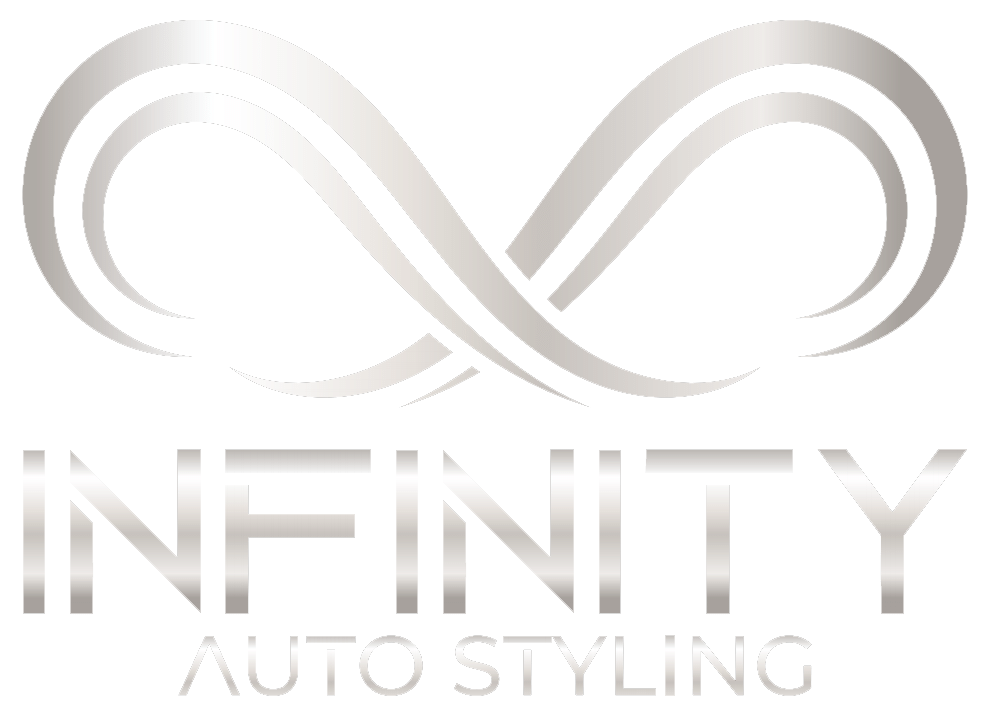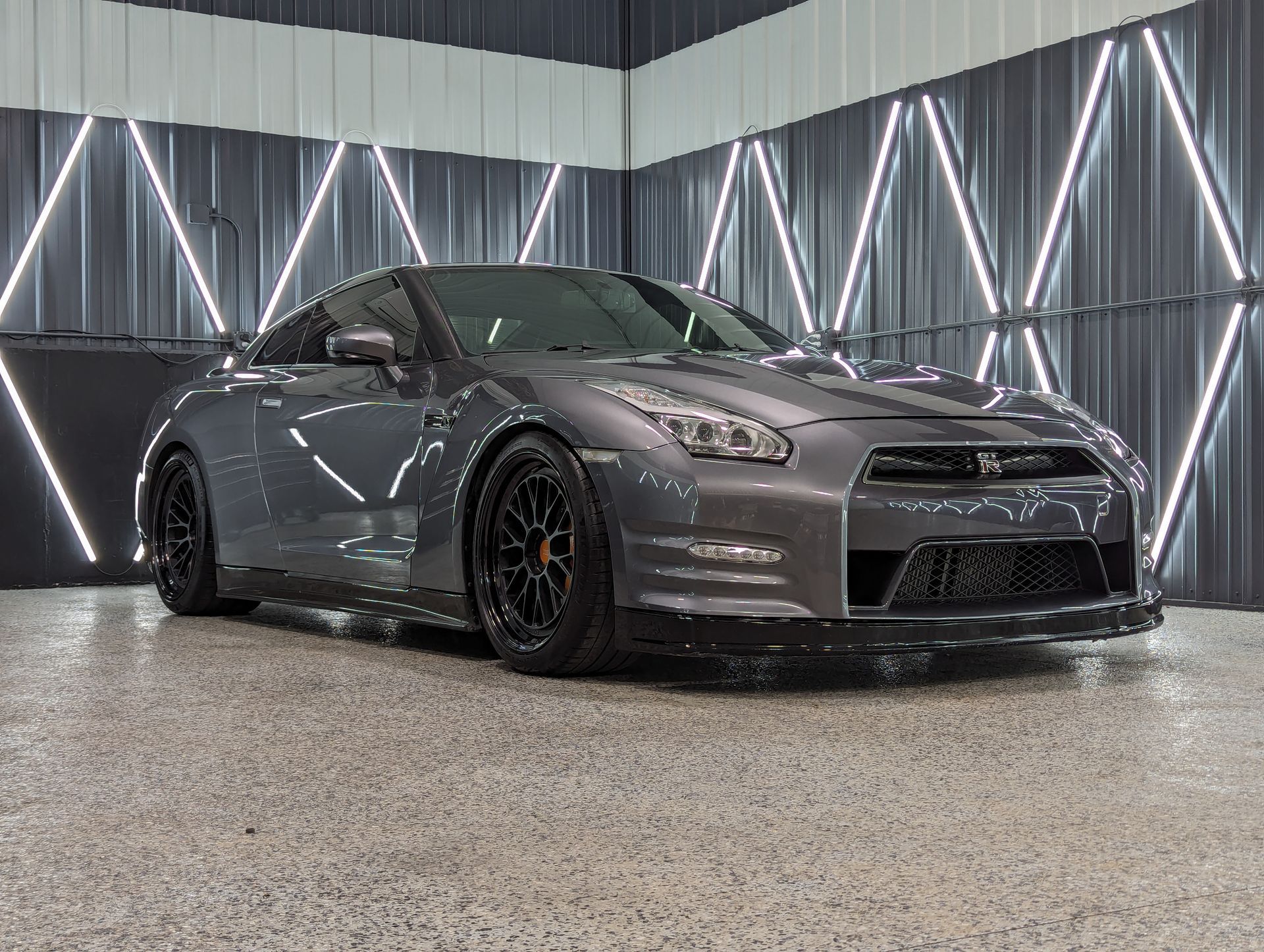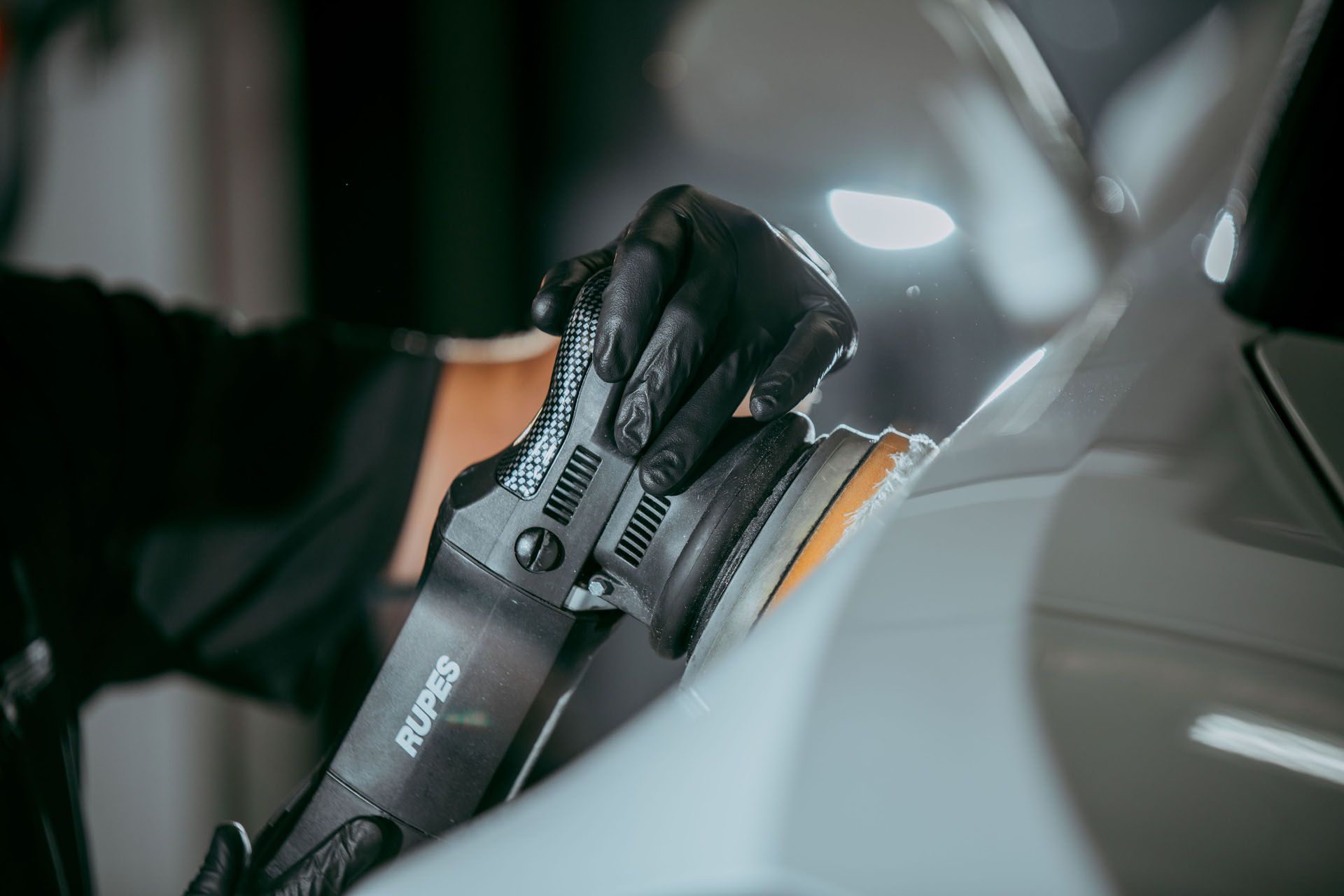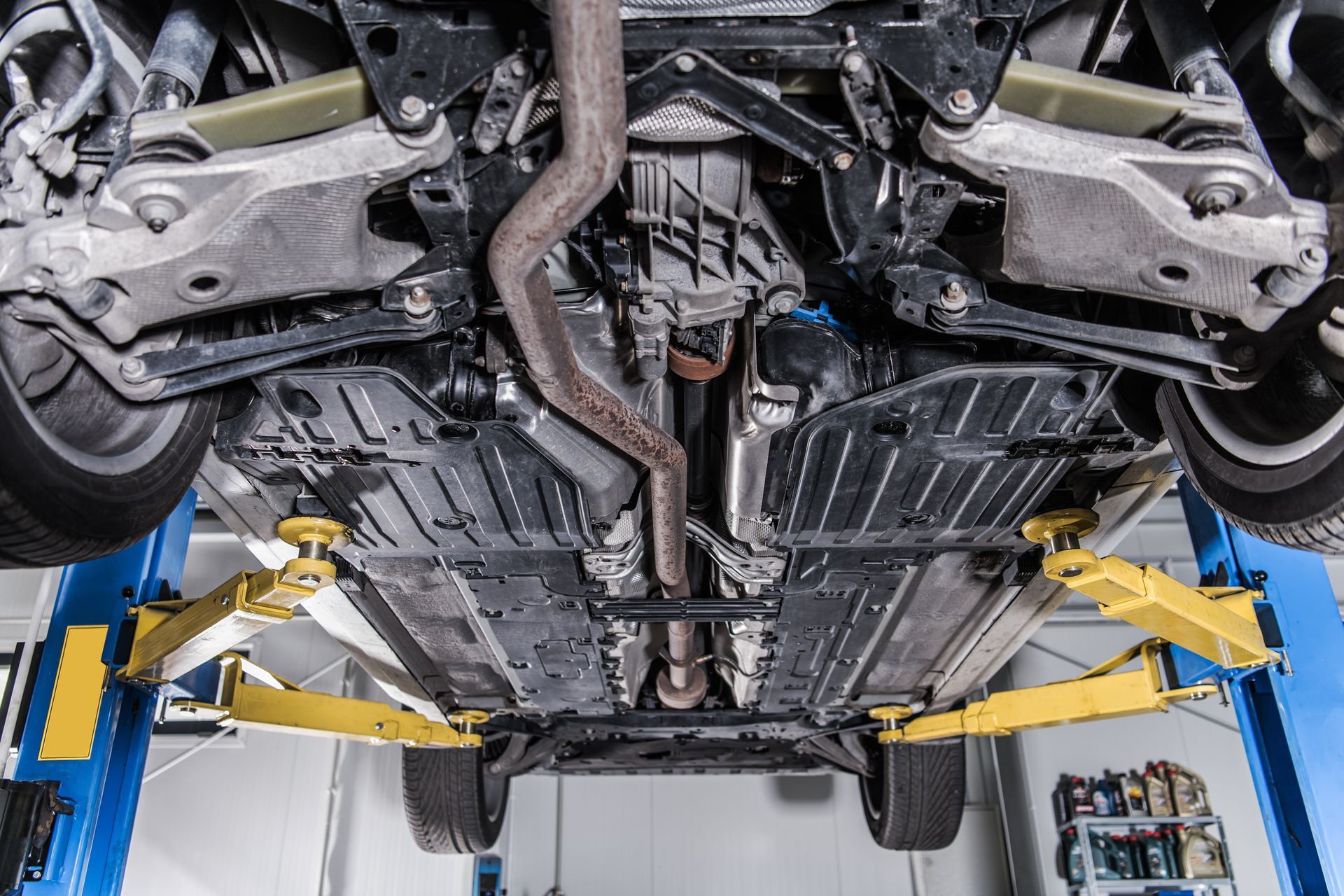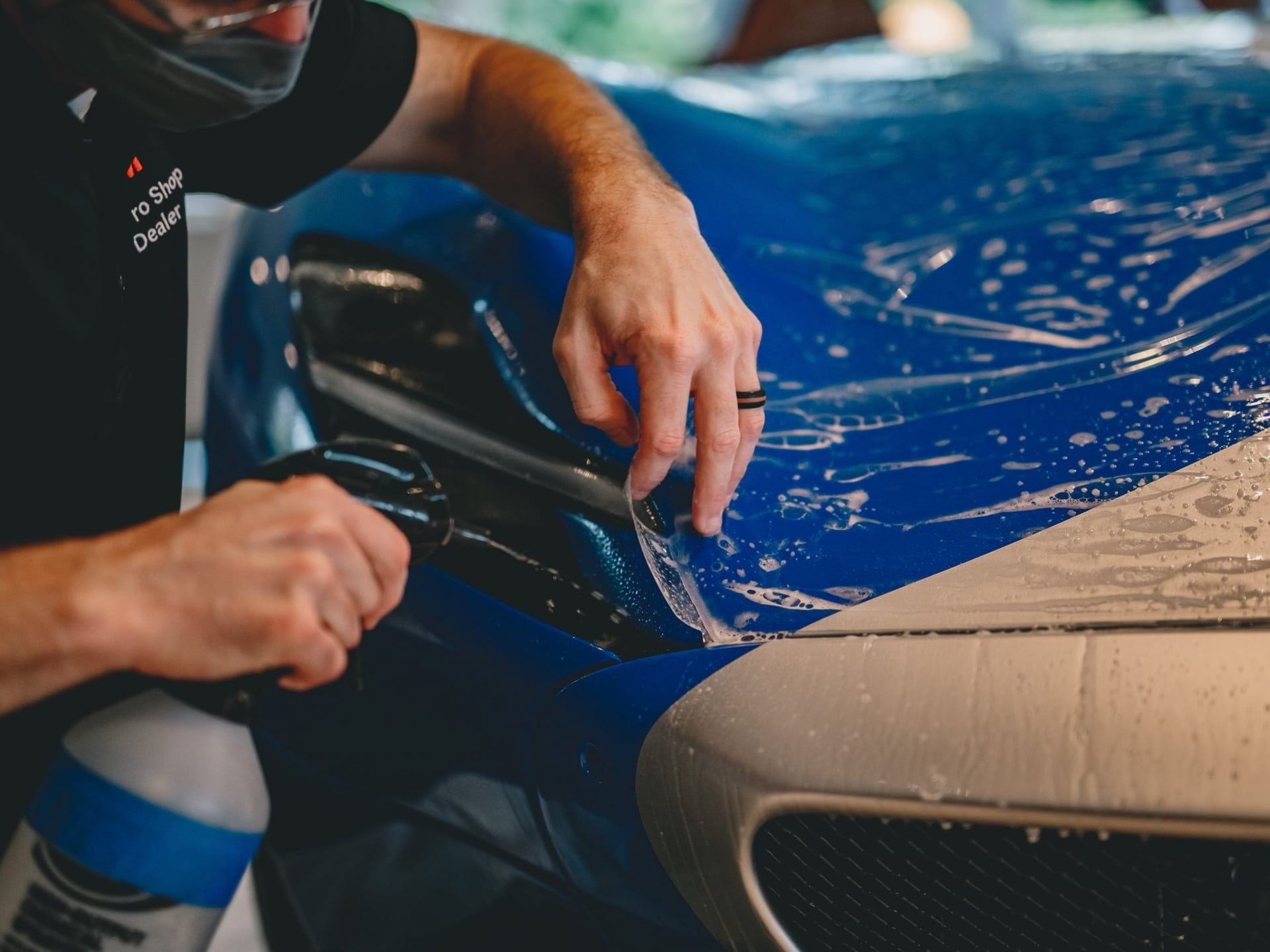Disadvantages of Paint Protection Film: The Truth About PPF
In today’s world of automobile aesthetics and protection, paint protection film (PPF) has emerged as a widely discussed topic. With the increasing emphasis on maintaining the pristine look of cars and ensuring they are protected against the harsh realities of daily use, PPF has become a go-to solution for many. But, as with all things, PPF comes with its own set of pros and cons. So, what are the disadvantages of paint protection film?
In this article, we delve deep into the world of PPF, exploring why it has become so popular in recent years and highlighting some of the disadvantages of PPF.
Why is Paint Protection Film so Popular?
Before diving into the disadvantages of PPF, it’s essential to understand why it has gained such massive popularity. At its core, PPF is designed to protect the car’s paint from external contaminants like road debris, bird droppings, and UV rays. The film is a transparent, adhesive layer that adheres to your car’s exterior, offering a physical shield against potential scratches, dings, and environmental damage. Its near invisibility ensures that the car’s aesthetics are not compromised, while its protective attributes provide peace of mind to the vehicle owner.
Disadvantages of Paint Protection Film
While the advantages of paint protection film (PPF) are plentiful, creating a buzz in the automotive protection industry, it’s essential to approach the subject with a balanced perspective. As with most products, PPF has both its strong points and limitations. Here is a summary of the disadvantages of PPF:
Cost Implications
One cannot sidestep the financial commitment that comes with installing PPF. The financial layout for PPF can be a bit jarring, especially when juxtaposed against other protective treatments. While waxes and sealants might be pocket-friendly and accessible to most, PPF’s initial investment is notably higher. It’s crucial to view this cost as an investment in long-term protection, but for those on a tight budget, it might be a substantial consideration.
Maintenance Expectations
The myth that PPF is a ‘set it and forget it’ solution needs debunking. Even though PPF boasts of commendable durability and resistance against environmental aggressors, it doesn’t mean it’s a one-time affair. For the film to retain its clarity and protective properties, periodic checks and maintenance rituals are mandatory. This could include cleaning with specific products or checking for signs of wear, which might necessitate adjustments or repairs. This ongoing requirement might be seen as a chore by some vehicle owners.

Potential for Appearance Alterations
A significant selling point of PPF is its near-invisibility, maintaining the car’s aesthetic charm. However, nothing remains unchanged with the passage of time. Especially when subjected to relentless direct sunlight or harsh environmental conditions, certain PPF products have been known to yellow or develop a discolored hue. This change can somewhat mar the visual appeal of the vehicle, casting a shadow on the initial glossy finish.
The Need for Installation Expertise
The application process of PPF isn’t something one can undertake without the requisite skill set. It demands an intricate balance of precision, expertise, and experience. Inexperienced or hurried installations can result in undesirable outcomes like air bubbles, wrinkles, or misaligned sections. Such flaws are not just cosmetic eyesores; they can compromise the protective integrity of the film, rendering it less effective against potential damage.
Issues Surrounding Removal
While PPF is indeed removable, granting flexibility to car owners, this process isn’t devoid of risks. The act of removal, if not executed with utmost care and the correct techniques, poses a danger to the car’s underlying paint. There’s the possibility of inadvertently lifting patches of paint or leaving behind adhesive residues, both of which would necessitate further corrective measures.
Understanding the disadvantages of PPF provides potential users with a holistic view, enabling them to make well-informed decisions regarding their vehicle’s protection.
Is Paint Protection Film Really Worth It?
This question often boils down to personal preference and the specific needs of the car owner. While PPF does come with its set of disadvantages, its benefits, including long-term paint protection against physical abrasions and contaminants, often outweigh the negatives for many. For individuals who prioritize their vehicle’s exterior and are looking for a more robust solution than regular waxes or sealants, PPF can be an excellent investment.
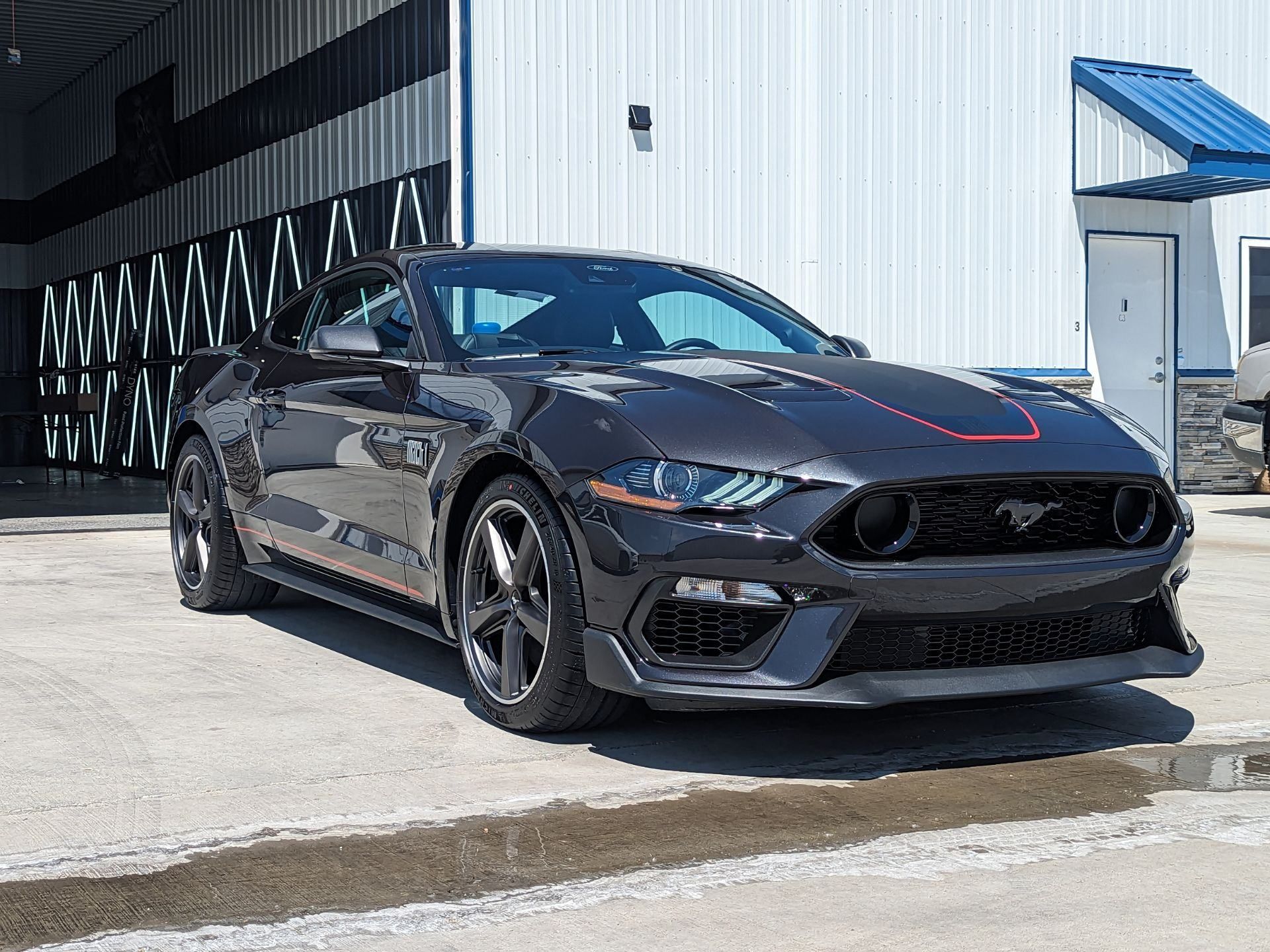
Premium Quality PPF Services in Bismarck, ND
If you’re based in Bismarck, ND, and are considering PPF for your vehicle, Infinity Auto Styling offers top-of-the-line services to ensure your car gets the best protection possible. Our team of experts ensures flawless application, eliminating many of the potential drawbacks associated with PPF.
To discover more or book a service, call us at +1 701-426-6715 or visit us at 2049 71st Ave NE Unit 4, Bismarck, ND 58503, United States . Let us help protect your vehicle’s charisma and longevity with our premium PPF services.
Infinity Auto Styling Blog
